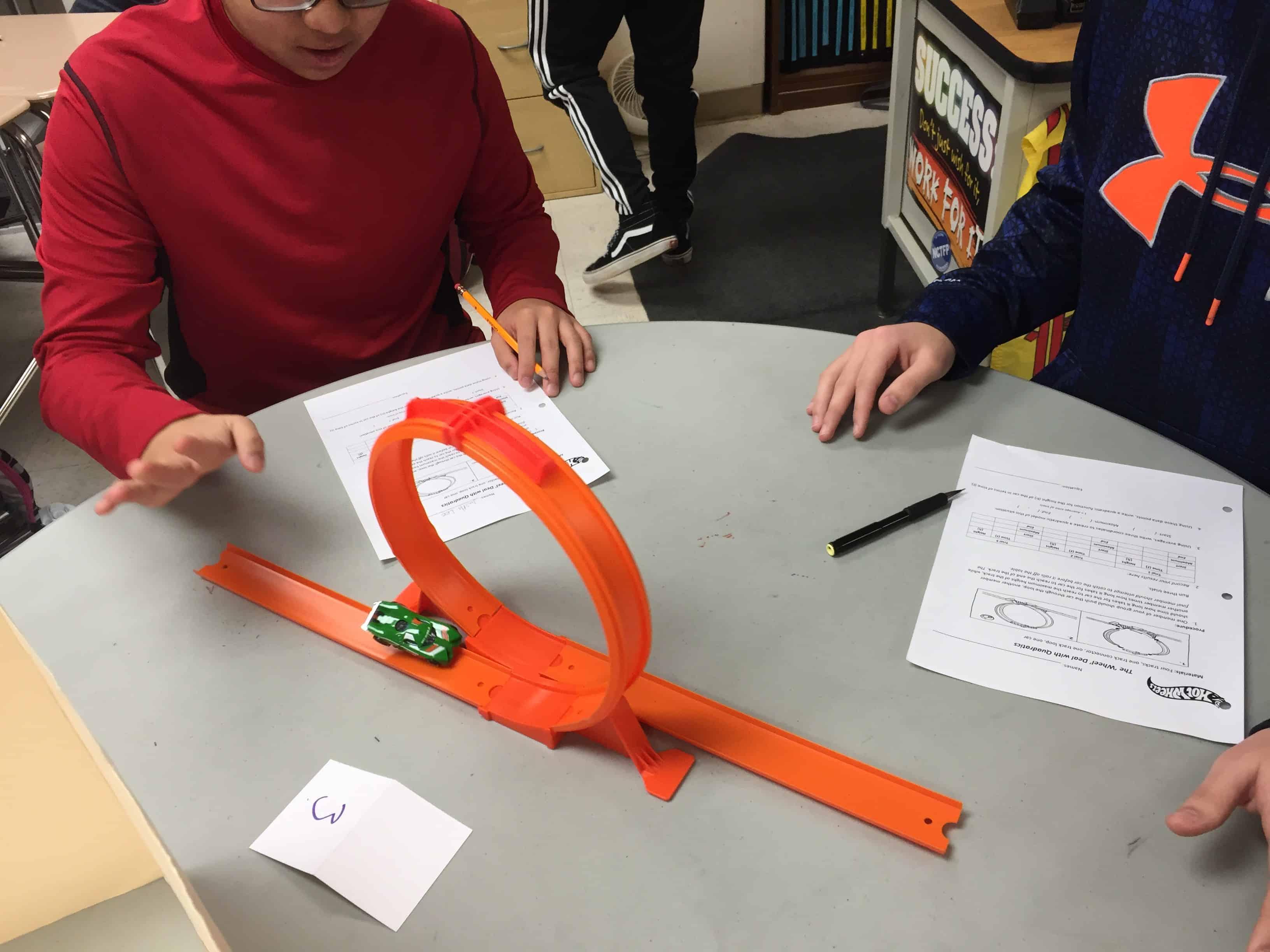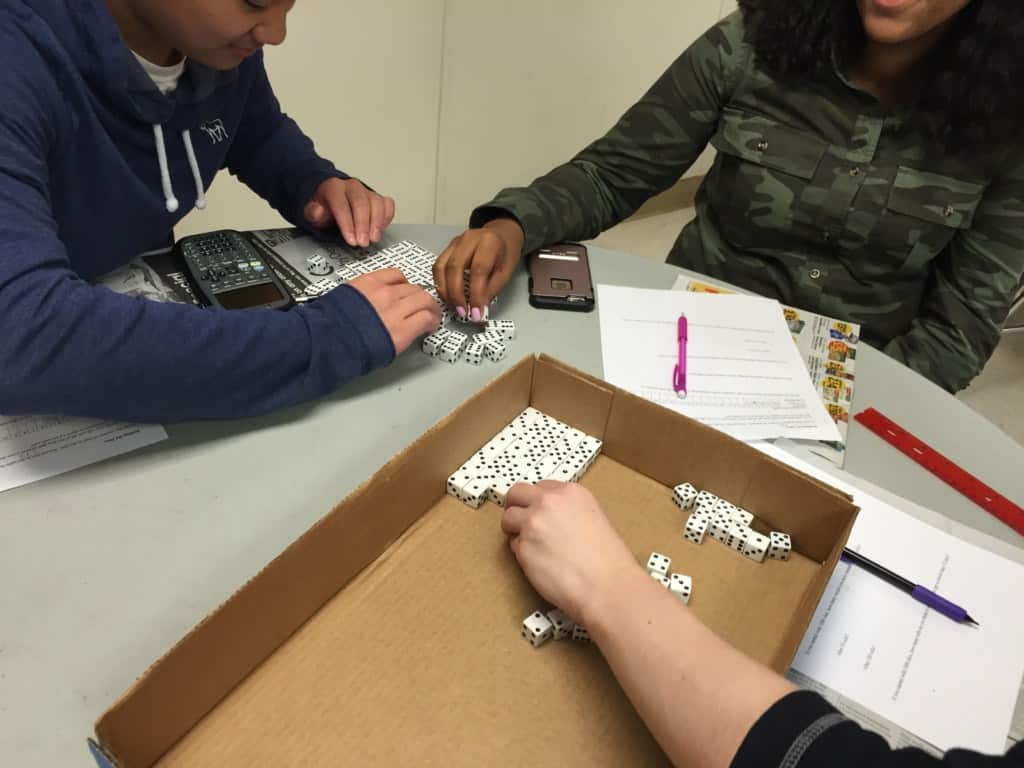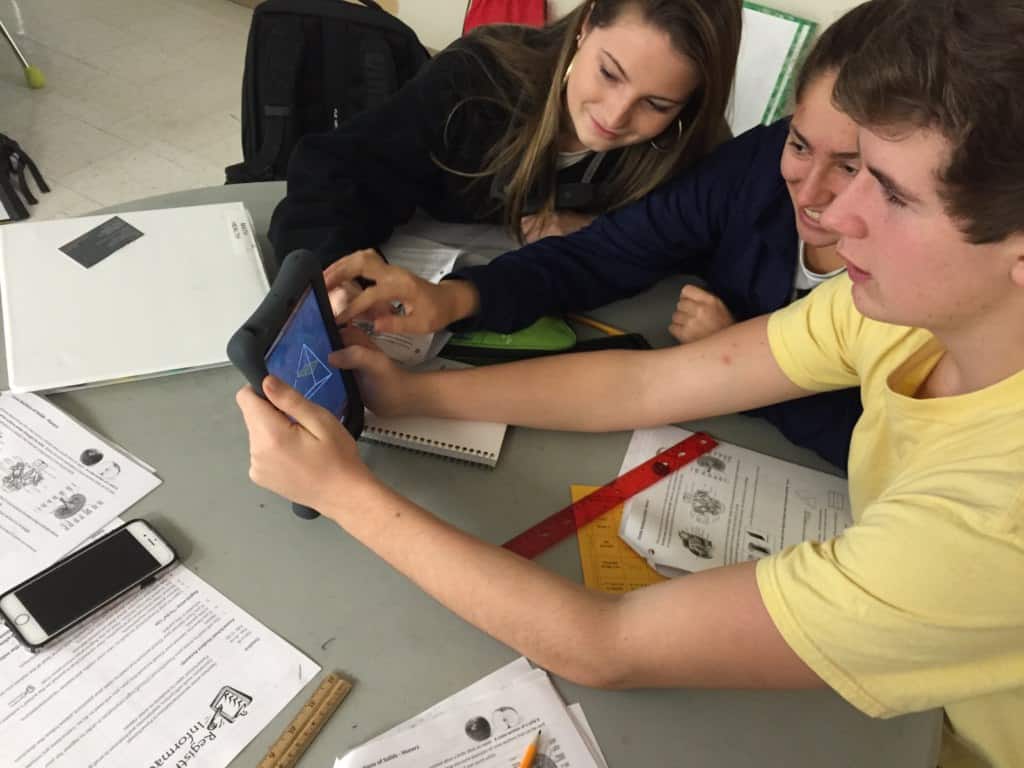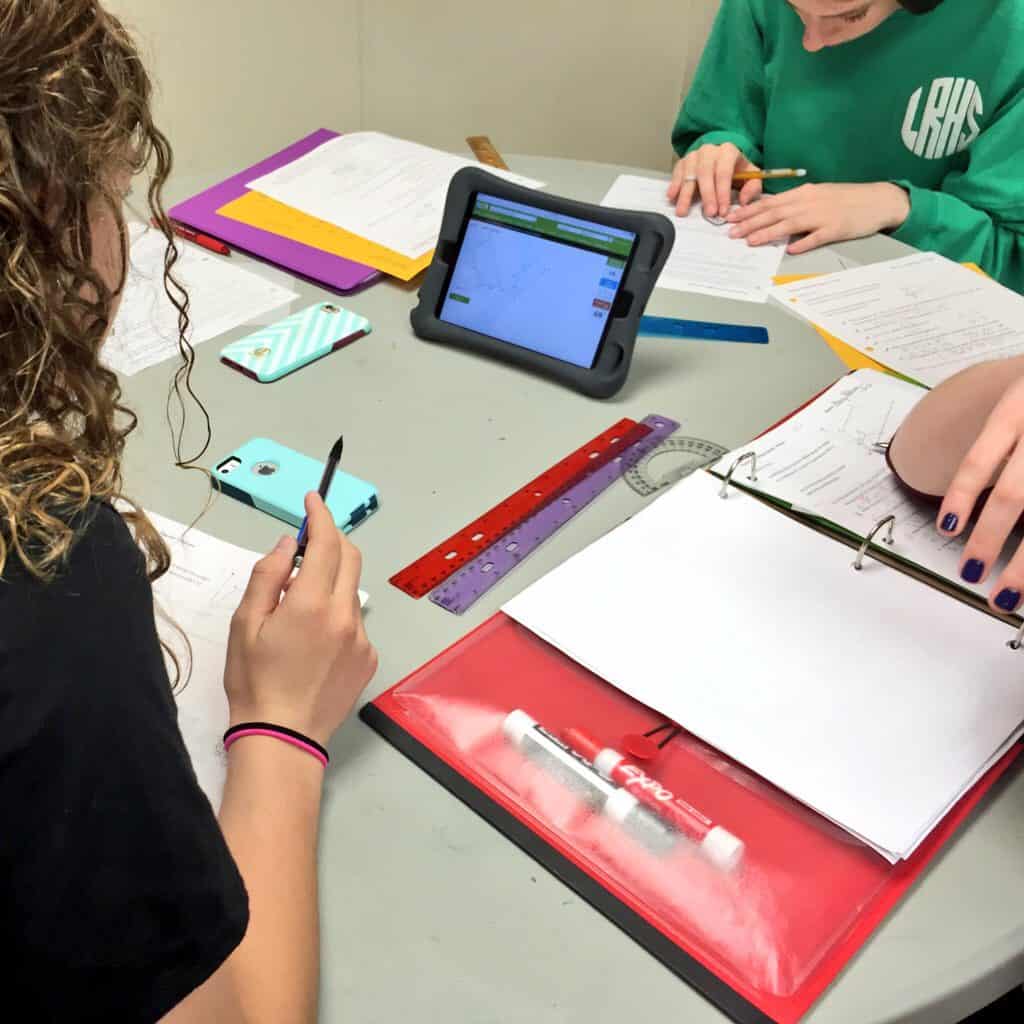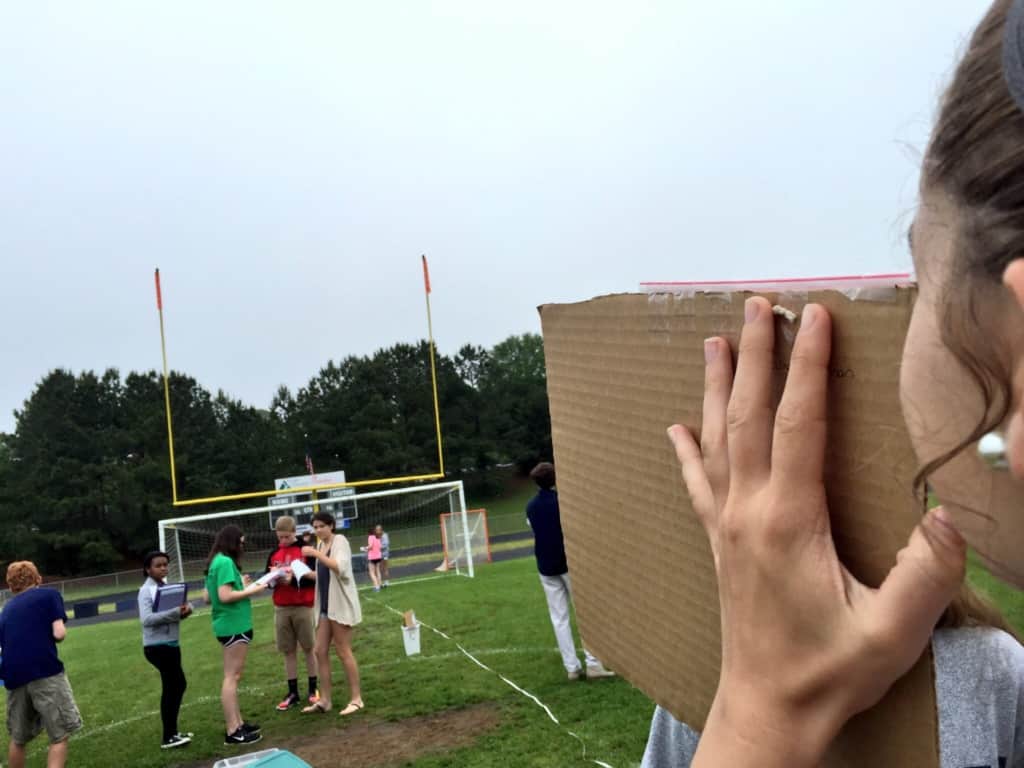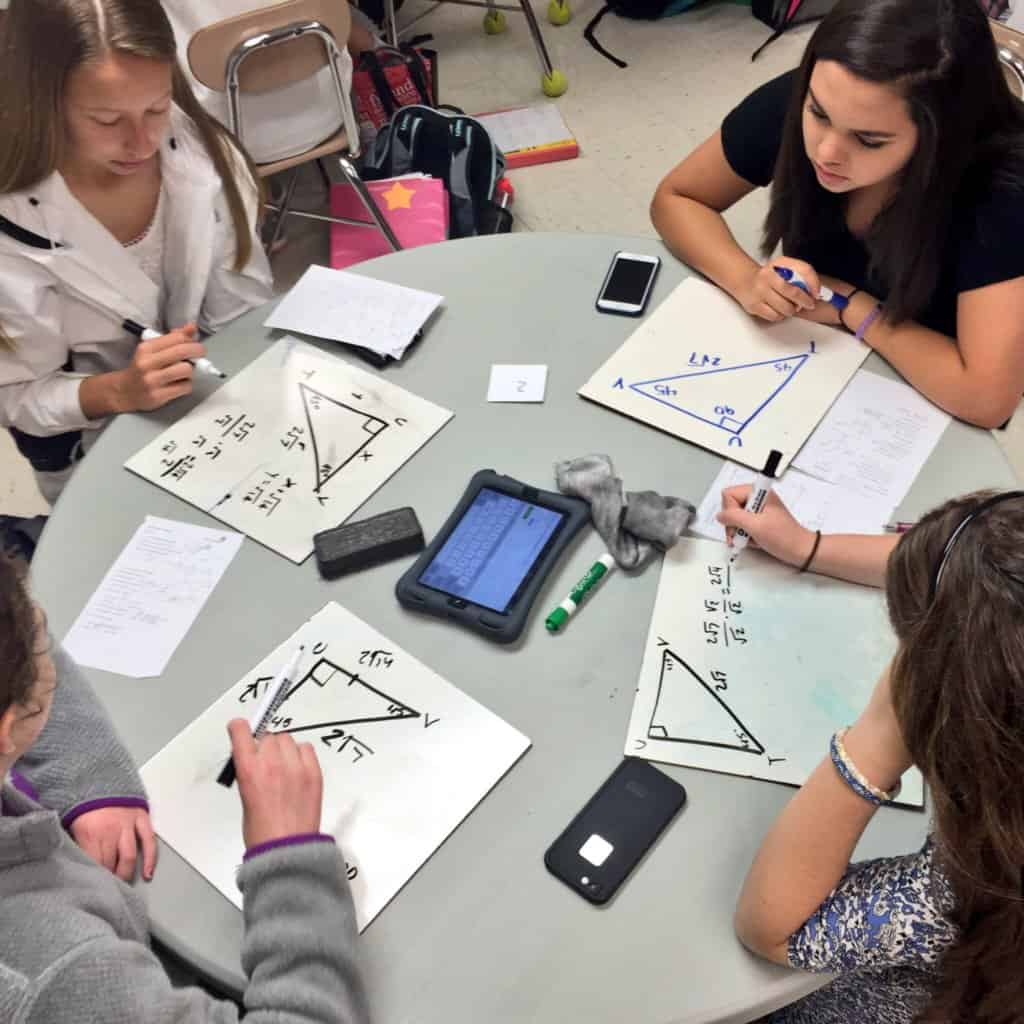“Math is just math. There is only one right answer, so who cares how you get to it?”
The way students tackle mathematics tells us how they will think about complex problems and reason through ways to solve them. Mathematics instruction must focus developing a students’ understanding and procedural fluency so they may understand the relationships and patterns all mathematics is built on.
To review for my Honors Math 2 exam, each group of students was responsible for a unit of study to create an outline of its major topics from the course to present to the class in the days leading up to the exam. As I listed the topics on the whiteboard, I thought about everything we had covered in 18 short weeks—units like geometric similarity and congruence partnered with function transformations and basic probability. The diversity of mathematical concepts in a single course was truly astonishing, and in my (albeit limited) experience has helped students make connections between topics that were once never taught as compliments, let alone in the same course.
When North Carolina began the implementation of the Common Core State Standards in 2012, many districts phased out their traditional course sequence (Algebra 1, Geometry, Algebra II) and phased in an integrated approach (Math 1, Math 2, Math 3), in an attempt to aid students in meeting the new state standards. In December of this past year, the appointed Academic Standards Review Commission’s math subcommittee recommended the immediate return to the old sequence—a recommendation the commission ultimately voted down; in part, due to several demonstrations of support from our state’s math teachers.
Now, as a part of N.C.’s five-year revisions process, the standards have been revised, reorganized, sent out for public feedback, and will be up for a vote at the State Board of Education’s June meeting. As a classroom teacher, teaching these standards daily, I want to state my case for integrated math.
Integrated Math is not Common Core Math
Integrated math is not synonymous with the Common Core State Standards. While North Carolina’s adoption of the standards led to the implementation of Integrated Math in many systems, other states and districts have been using this approach for decades. The standards lend themselves to a successful implementation in each structure, see Appendix A of the CCSS; so, with either sequence, the standards will still remain North Carolina’s Standard Course of Study.
Traditional and Integrated Math have similar themes
Students develop foundational understanding of algebraic properties of equality and apply them to multiple function types, followed by modeling geometric theorems and postulates, and later a focus on a higher level of understanding of more complex algebra. Rather than demonstrate these themes in three static courses, an integrated approach tackles them throughout the three years of a students’ high school career. The ability to inter-mingle topics demonstrates the connectedness of algebra and geometry. For example, allowing students to prove properties of a square using known characteristics of parallel and perpendicular lines shows the fundamentals of coordinate geometry. This brings me to my next point…
Algebra & Geometry are not mutually exclusive
Since Fermat’s and Descartes’s use of algebraic reasoning to “solve ancient Geometry”, the two subjects have been the perfect mathematical marriage, one explaining the existence of the other. You cannot have one without the other. One example of this is the approach to teaching conic sections. Once a topic split between two courses (cross-sections of a cone in Geometry and equations of circles, hyperbolas, ellipses, and parabolas in Algebra II); it now can be taught simultaneously to demonstrate their relevance to one another. If this topic (and many more) were discovered and proven in conjunction with one another, why wouldn’t we teach them together? This gives students the opportunities to discover the mathematics, a more relevant means of learning than mere demonstrations.
Students develop statistical-reasoning
Perhaps the most useful strand of basic high school mathematics, probability and statistics, is embedded throughout the integrated sequence. Beginning with classifying and modeling quantitative and qualitative data using regression analysis in Math 1, expanding into the basics of probability using geometric models in Math 2, and culminating with normal distribution probabilities and expected value in Math 3.
Under a traditional structure, students were not introduced to these fundamental concepts until a fourth math course, delaying any type of development in analyzing, interpreting, and modeling data—a highly sought after skill in a data-driven, global society.
We are not only preparing our students to compete with other states, but other countries. And when you look at the countries consistently outperforming United States students, their approach to mathematics is an integrated one.
Integrated Math reaches more students
The bottom line for integrated math comes down to student growth in mathematics. Research has shown, students in an integrated math curriculum performed as well or better than students in a traditional course of study. However, this study goes on to say, “While integrated mathematics appeared to be at least as effective as subject-specific instruction for all students in general, it appeared to be more effective when used with students in high-needs settings.”
This make sense. Students who have historically struggled in a math class are given the opportunity to make connections and find a strength in a course unit that is not mere algebraic manipulation, an opportunity our traditional courses were lacking.
So why all the fuss? Some parents are frustrated at courses unfamiliar to them. Most teachers are frustrated at the lack of resources for the new course structure. Which then begs the question, why not revert back?
The traditional courses needed to change to accommodate higher expectations for mathematical understanding–especially given incoming students’ strong conceptual understanding under the new standards. Teachers have seen the impact of teaching these topics together, and as good practitioners, we will adapt our teaching for what is best for all students.
The focus on “should we or shouldn’t we” teach integrated math must shift to “How do we make learning mathematics better?” Increased quality resources and effective professional development is the foundation to a successful implementation. Under the proposed revisions to the standards we will see a greater amount of coherence between these courses. Integrated mathematics provides the opportunity to enrich students’ understanding of topics on a deeper level, and I owe that to all of my students.
